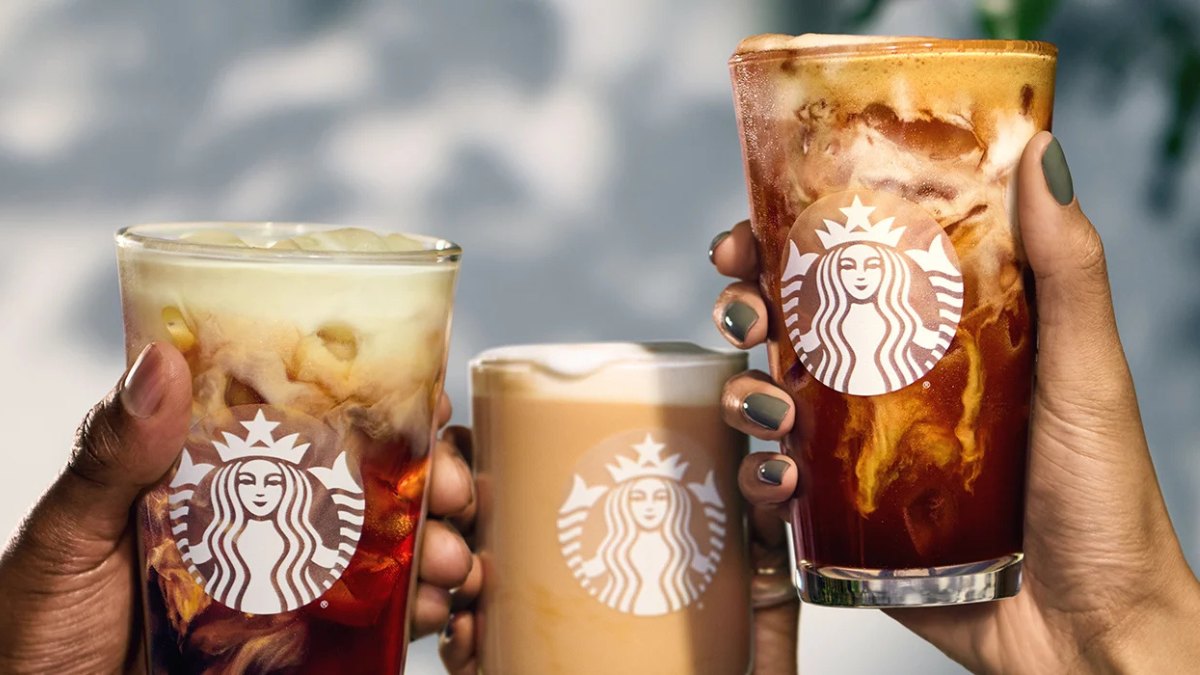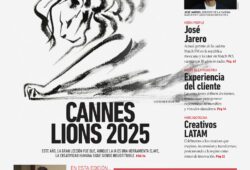
During the presentation of its Q3 Fiscal 2025 financial results, Starbucks CEO Brian Niccol announced an ambitious physical transformation plan for its coffeehouses in North America and other key regions. Under the slogan “Back to Starbucks”, the company revealed it is not only reconfiguring its operating model, but also redesigning its spaces to fit a new era of more digital, personalized, and human consumption.
ALSO READ. Goodbye, Starbucks Pick-Up? Some stores will close in the United States
With global revenues of $9.5 billion and year-over-year growth of 4% in new store openings, Starbucks is betting on new coffeehouse formats, strategic renovations, and the elimination of concepts that failed to build customer connection, such as mobile order-only pickup locations.
What will Starbucks’ new store formats look like in 2025 and 2026?
The brand’s strategy includes two new coffeehouse prototypes to be launched between the end of 2025 and fiscal year 2026:
- Standalone format: a store with 32 seats, drive-thru, and a 30% lower construction cost. This model is designed to enhance unit economics and customer experience.
- Compact urban format: a store with 10 seats, ideal for high-density areas like New York City. Its opening is scheduled for the coming months, starting in Q4 2025.
These formats were created with a focus on efficiency, hospitality, and emotional design—aiming to recover the brand’s DNA: a warm third place between home and work.
ALSO READ. Is Brian Niccol’s plan working at Starbucks? What the Q3 results say
How many Starbucks stores will be renovated in North America?
As part of the Back to Starbucks strategy, the company will launch a program called “coffeehouse uplift”, aiming to renovate at least 1,000 stores across the United States and Canada by the end of 2026. The average investment per store will be $150,000 USD, and the redesign will focus on:
- Reintroducing seating removed during the pandemic.
- Creating warmer environments with visual layers and welcoming materials.
- Keeping stores open during renovation to ensure operational continuity.
Renovations have already started in New York and will continue in Southern California during Q4 2025.
Why is Starbucks eliminating mobile-only pickup stores?
Brian Niccol confirmed that Starbucks will eliminate all locations designed exclusively for mobile order & pickup in 2026. According to the CEO, these stores were “overly transactional” and lacked the human connection and hospitality that define the brand.
The focus now will be on strengthening the digital system within community coffeehouses, combining technological efficiency with meaningful social spaces.
How does this strategy affect Starbucks’ marketing and brand positioning?
This physical reconfiguration of stores is a core part of Starbucks’ new marketing and brand strategy. Under Niccol’s leadership, Starbucks’ success depends on delivering:
- Consistent and excellent service, thanks to the new Green Apron Service model.
- Coffeehouses that foster emotional connection, not just transactions.
- A solid platform from which to launch new menu innovations, digital loyalty, and customer experiences in 2026.
All of this contributes to strengthening Starbucks’ value proposition among its most important audiences: younger customers (Gen Z and Millennials), digital consumers, and local communities.
How will this impact Starbucks’ future financial performance?
While the renovations and deployment of the new operating model imply significant investments (over $0.5 billion in 2025–2026 just in additional labor hours), Starbucks anticipates gradual improvements in margins and financial performance by 2026 and beyond.
Catherine R. Smith, the company’s CFO, emphasized that Starbucks is restructuring its cost base, which will allow the company to absorb investments while recovering sales and optimizing profitability. A detailed plan will be unveiled during the company’s Investor Day scheduled for Q2 2026.
For Brian Niccol, the redesign of Starbucks stores is much more than a physical renovation. It’s a bet to reconnect with the brand’s original purpose, elevate the customer experience, and stand out in a competitive market. “We’re building a better Starbucks, where everyone can experience the best of our brand,” Niccol declared at the end of the July 29 conference.
👉 Follow us on Google News.









